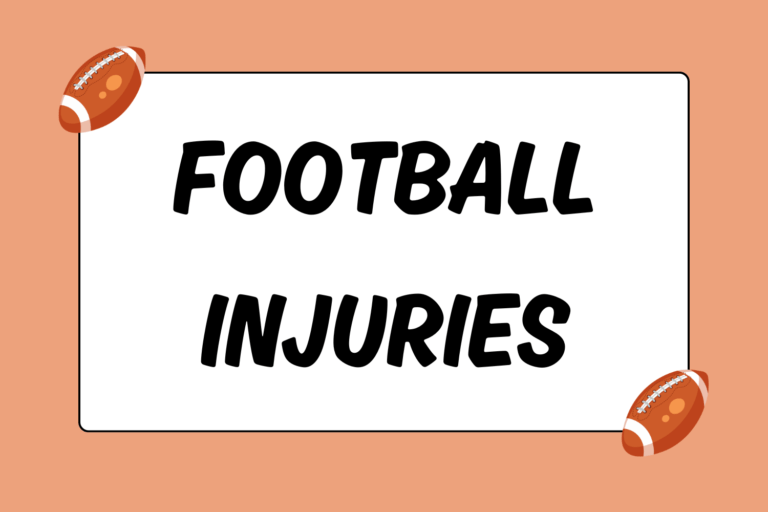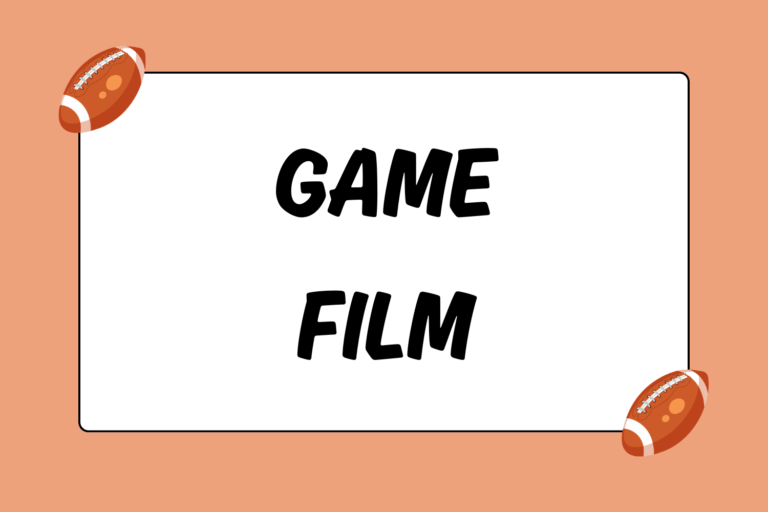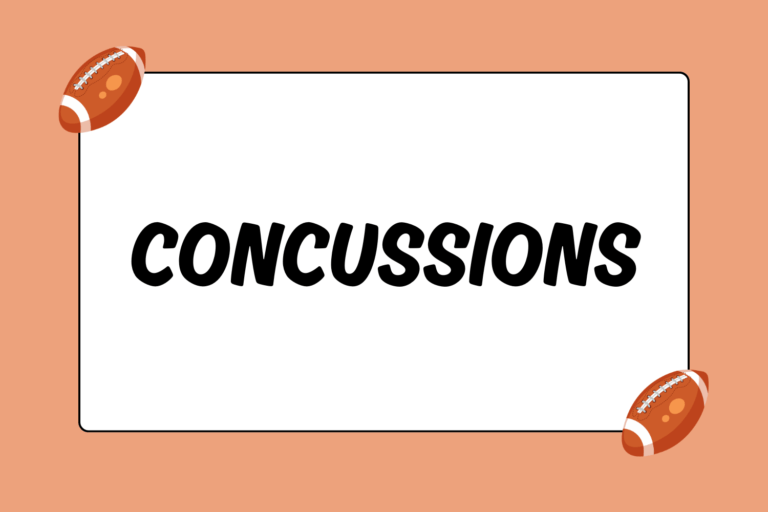As much as you try to avoid them, injuries are a pretty inescapable part of life; from stubbing your toe walking into the kitchen, to slipping on a patch of ice and hitting your head hard enough to get a concussion, you’ll get hurt at some point. Obviously the risk of injury increases in a situation where there are more opportunities for one to occur- like during a football game, for example.
It needs to be said, with absolutely no uncertainty: You will get hurt playing football. If you don’t get hurt, you’re either the freak exception to the rule, or (more likely) you’re not playing as hard as you can. Fortunately, hurt doesn’t always mean injured, and most of the injuries that players sustain are relatively minor, requiring nothing more than a few minutes of attention and some post-game treatment. This guide focuses on some of the more common injuries a football player is likely to sustain, as well as ways to treat and prevent those injuries.
Types of Injuries
The following injuries are certainly not exclusive to football, or any contact sport. Although some types of injures are more common in contact sports, the risk of injury is present in any athletic activity.
There are two types of injury an athlete can sustain:
- Acute traumatic injury: This kind of injury is often the result of a direct hit or collision. A sprained shoulder that results from getting forcefully driven into the ground is an example of an acute traumatic injury.
- Overuse/chronic injury: This kind of injury is the product of the combined negative effects of a mildly traumatic action that’s repeated over and over again. Shin splints that result from multiple days of training/practicing are an example of an overuse/chronic injury.
It’s also common for an overuse injury to develop into an acute traumatic injury. As a result of those repetitive actions (overuse injury), a player would be more susceptible to a serious injury that occurs during one particular instance of the same kind of action, such as a sprain or torn ligament (acute traumatic injury).
Steps for Treating Injuries
Here’s a list of steps to be taken for treating injuries. It should go without saying that if there are any easily recognizable signs of a serious injury – copious bleeding, body parts bent the wrong way – there is no reason to wait it out. Don’t attempt to fix the problem yourself: Seek immediate medical attention.
Step 1: Wait It Out
When a player is possibly injured, the first thing he/she should do is determine if the affected part of the body is just ‘hurt’ (a fairly mild injury), or moderately to severely injured. And there is a difference.
An injury that requires immediate care is indicated by (among other things) pain, but pain does not always indicate the same kind of injury. A bruise on the arm is definitely painful and an injury, but it’s not serious enough to warrant any attention beyond a post-game ice pack. There’s always some pain present immediately after a potential injury takes place, so to better understand the severity of a potential injury, it’s a good idea to wait for a few moments after it takes place to accurately gauge its seriousness.
Step 2: Examine the Area
After a few minutes have passed, take notice of any distinguishing characteristics. Any of the following indicate an injury that may require immediate attention and treatment:
- Swelling
- Discoloration
- Moderate to complete loss of movement
- Numbness or a tingling sensation similar to ‘pins and needles’
- Affected area is warm to the touch
- Light touching causes moderate to severe pain
If there are none of these signs, attempt to move the affected part of the body, and do so slowly and carefully. The purpose of trying to move the potentially injured body part is to get an understanding of how badly it’s injured. The immediate pain associated with a rolled ankle or jammed finger can be comparable to a more severe injury, but after a few minutes and a little bit of moving, the pain is usually drastically reduced.
Step 3: RICE the Injury
The RICE method is mainly used to treat acute injuries, though if a chronic injury is severe enough to require regular treatment, it can be used to treat them as well. This method consists of four parts: Rest, Ice, Compression, Elevation.
Rest:
This step, though important, is hopefully self-explanatory. Continuing to use an injured part of the body after the injury will hurt a lot, and almost always will make the injury worse. It will also reduce the chances for a complete recovery. Reducing the level of effort/work for the injured body part helps it to start healing.
Ice:
The ‘Ice’ stage doesn’t necessarily need ice, just something cold. Putting something cold on the injured part helps to reduce/prevent swelling and pain. The injured part should be ‘iced’ at regular intervals, though never for sustained lengths of time. A reasonable ‘icing’ period is 15 to 30 minutes. It’s also a good idea to keep ice off the affected area for the same amount of time it was on. In other words, 15 minutes of icing followed by 15 minutes of no ice, repeated for an hour or two.
Compression:
Swelling is common after an injury, and by prevents blood flow to the injured area is one of the biggest culprits in preventing a timely recovery. The more blood flow, the quicker the injury is healed. When not icing the injured area, be sure to keep it wrapped. However, wrapping it too tightly (to the point that it throbs, for example) will also prevent the injury from healing quickly.
Elevation:
Elevating the injured area will also help to reduce swelling. Elevation is most beneficial when the injured area is above the heart. With a hyper-extended knee, for example, it would be useful to lay flat with several pillows or folded blankets under the injured leg to elevate it.
It’s common for athletes to use a combination of ice and heat on the same injury. Ice is used at the beginning of the injury, while heat can be used later to help with any pain or tightness encountered in the healing process.
The nature of some acute injuries will prevent some of the RICE steps from being an option. A broken nose, for example, can definitely be iced, but it would be difficult (and probably painful) to apply the ‘compression’ step in helping it heal. As swelling and pain is reduced, the injured area should be gently massaged and/or stretched to help regain a full range of motion. Returning to a regular workout/training session should only happen when all pain and swelling has disappeared, and a near-full range of motion has returned.
Hot Tip: Using Ice & Heat
Ice packs are often used to treat acute injuries, mostly because they’re very useful in reducing swelling, and swelling is a common symptom of an acute injury.
Heat packs, on the other hand are often used to treat chronic injuries, because the heat from the pack increases blood flow to the affected area, which speeds up the recovery process.
Step 4: Seeking Outside Assistance
While most minor injuries can be treated with the RICE method, occasionally an injury will require a trip to the hospital or a visit to the doctor’s office. Along with noticeably broken bones, excessive bleeding, and/or a complete loss of feeling in the injured body part, any of the following warrant an immediate examination by a medical professional:
- A drastic increase in pain or swelling
- Pain or swelling moves to another area of the body
- Red marks appear near the injured area
- The injured area becomes numb or tingly
- A fever
- The injured area shows no signs of improvement after five to seven days
There’s a big difference between the kind of injury that warrants a ‘wait it out’ period, and the kind that needs immediate attention. Again, any immediate signs that an injury is severe mean that it should be treated by a medical professional right away
Injuries are Inevitable
Again, injuries will happen. Most are relatively minor and easily treatable. The only way to completely avoid injuries is to not play football at all. Besides, injuries make for good stories, and being able to recover from an injury is part of what puts football players in a class above the rest!





